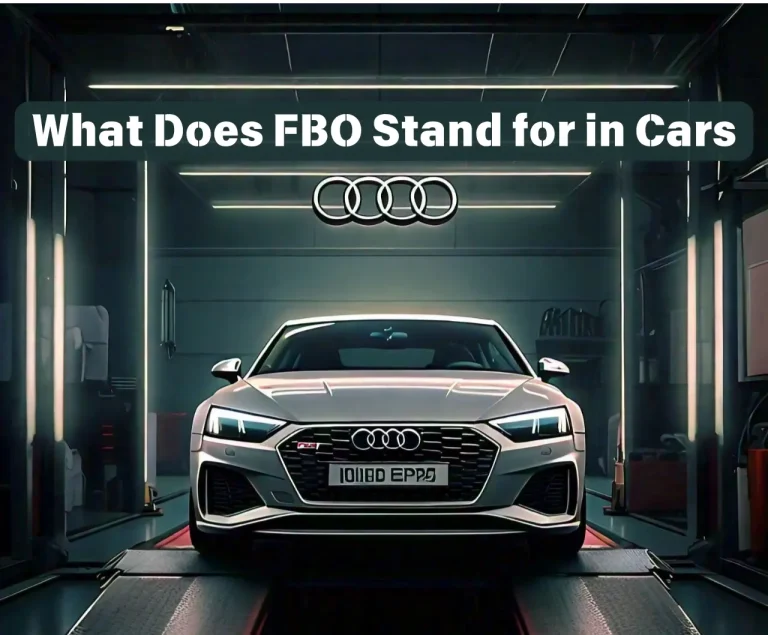Total Harmonic Distortion in BMW Sound Systems – What Exactly Is It?
When you’re driving a premium vehicle like a BMW, every detail matters – especially the quality of your in-car audio experience. A key factor influencing sound clarity is Total Harmonic Distortion (THD). While often overlooked, THD can significantly affect how music sounds inside your car. Whether you’re listening to classical symphonies or bass-heavy beats, understanding and managing THD can help ensure your audio system delivers the sound it was designed for.

Total Harmonic Distortion in Car Audio Systems Explained
Total Harmonic Distortion (THD) is a measurement that indicates how much an audio signal has been altered from its original form due to imperfections in the audio system. In simpler terms, THD tells you how much unwanted noise or distortion is introduced during sound reproduction.
In car audio systems, THD typically arises when electrical components such as amplifiers, digital signal processors (DSPs), and head units do not reproduce the input signal accurately. Instead of generating a pure waveform, they introduce additional frequencies—multiples of the original sound frequency—that weren’t present in the original recording. The higher the THD, the more noticeable this distortion becomes.
While some distortion is inevitable in any real-world audio setup, excessive THD can cause the sound to seem harsh, muddy, or unnatural, especially at higher volumes.
How to Measure Total Harmonic Distortion?
THD is typically measured as a percentage and can be calculated using audio analysis tools or software. The standard method involves comparing the power of the harmonic frequencies to the power of the fundamental (original) frequency. The mathematical formula for it is:
THD = √ (V₂² + V₃² + V₄² + … + Vn²) / V₁ × 100%
Where:
- V1 – the amplitude of the fundamental frequency.
- V2 / V3 / V4 / Vn – the amplitudes of the harmonic frequencies.
In a professional audio testing environment, this is often done using a spectrum analyzer and a signal generator. A known sine wave (typically 1 kHz) is sent through the system, and the output is analyzed to detect any additional harmonic content.
How Much Total Harmonic Distortion Is Acceptable?
While consumers rarely measure THD themselves, many audio component manufacturers provide THD specifications for their equipment. What is the threshold of acceptable THD then? It depends on both the audio equipment and the listener’s sensitivity.
Generally speaking, we can assume that:
- Below 0.1% THD – is considered excellent with virtually inaudible distortion.
- 0.1% to 1% THD – is still acceptable for most listeners and typical in car audio systems.
- Above 1% THD – distortion may become audible, especially in Hi-Fi applications or at high volumes.
In practice, many OEM (factory-installed) car sound systems—BMW’s included—tend to have THD levels around or below 1% under normal conditions. However, less advanced systems or those driven beyond their intended limits can exhibit higher distortion, leading to compromised sound quality.
It’s also worth noting that the human ear is more sensitive to particular types of distortion.
Even small amounts of high-order harmonic distortion (like 5th or 7th order harmonics) can be more noticeable than larger amounts of low-order distortion (like 2nd or 3rd order). That is, of course, depending on the system and the music being played.
If you would like to learn more, check out this article from BimmerTech on Total Harmonic Distortion in BMW Speakers & Amps.
How to Reduce Total Harmonic Distortion?
Reducing THD in a car audio system involves improving the accuracy of how the system reproduces sound. If that’s what you’re after, there are some practical steps you could take to combat it – check out the tips below for possible solutions.
Tip 1 – Upgrade the head unit or amplifier
Higher-quality components are often engineered to deliver lower distortion, especially at high volumes or under load. Starting with an improvement in this department is the first thing you can do and it should yield some tangible results.
Tip 2 – Choose efficient, well-matched components
Mismatched or underpowered speakers and amplifiers can increase distortion. Ensure all components work within their optimal range. The best way is going with high-quality products from one manufacturer, since they all will be perfectly tuned for each other.
Tip 3 – Improve sound deadening
Road noise can mask low-level distortion, but it also competes with the audio system, pushing it to higher volumes and increasing THD. Soundproofing your car’s cabin can allow lower playback levels and cleaner sound, but it’s quite an involved modification, requiring you to strip the interior trim.
Tip 4 – Use external DSPs
A Digital Signal Processor can fine-tune frequency response, phase alignment, and output levels, helping to reduce strain on amplifiers and speakers. Mind you though: integrating a standalone DSP into your sound system is not that easy, so you’d probably be better off with buying a DSP-equipped amplifier.
Tip 5 – Tune your amplifier to avoid clipping
Pushing an amplifier beyond its capabilities causes signal clipping, which drastically increases THD. Always calibrate gains properly to avoid this or choose a BMW amplifier upgrade that comes pre-tuned to your liking (for example the Alpha One Amp).
Can Upgrading Your BMW Sound System Reduce THD?
To sum it all up: yes, upgrading your BMW’s audio system can meaningfully reduce Total Harmonic Distortion. Especially if you replace factory components with higher-quality aftermarket options.
Many BMWs come equipped with sound setups that prioritize cost efficiency over pure audio fidelity. As a result, THD may be more noticeable at higher volumes or with complex audio material. Alpha One BMW Sound System upgrades, on the other hand, are engineered to minimize THD and provide cleaner, more accurate sound reproduction, tailored to your car’s acoustics.
Their dedicated, customized amplifiers offer premium build and custom-tuned DSPs, allowing you to significantly improve audio quality and reduce distortion. All in a totally plug-and-play form that’s easy to install for every DIY-er.






